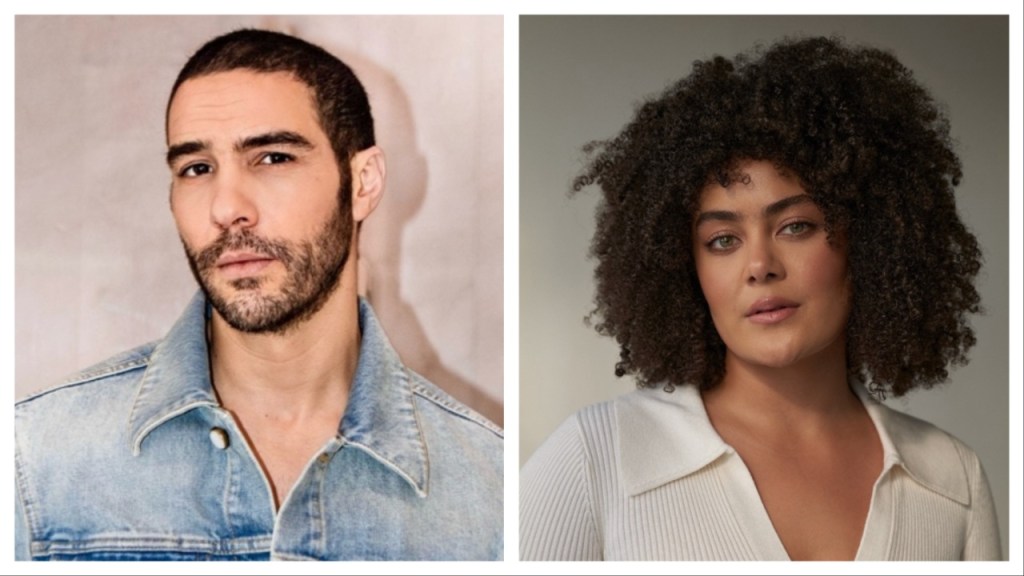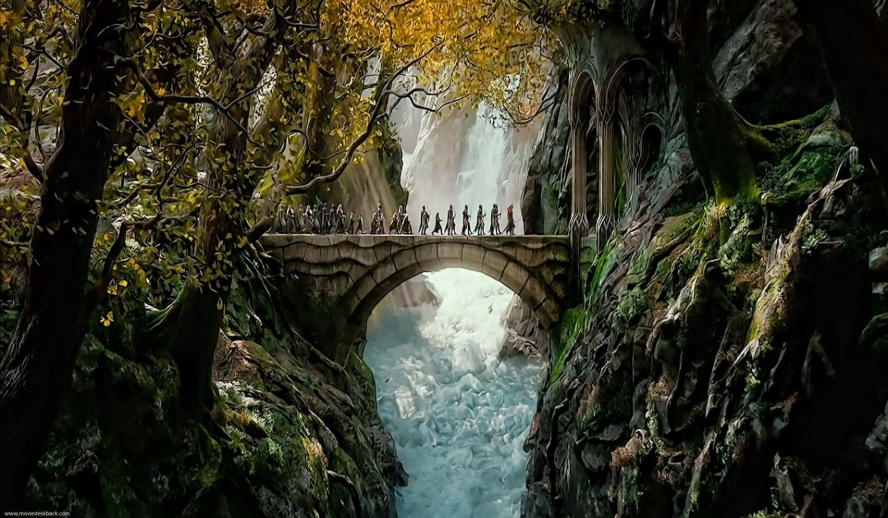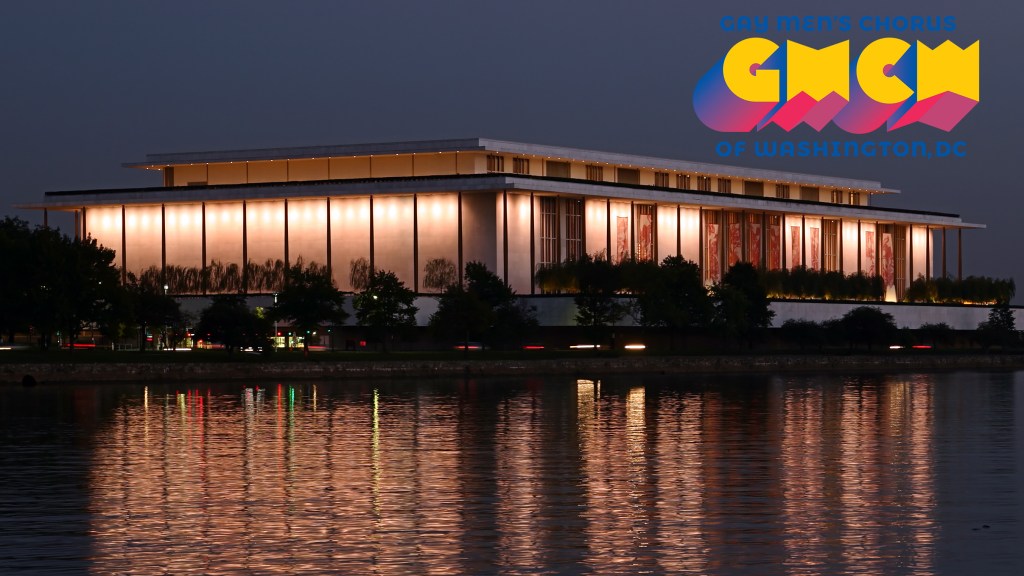The life and work of Peter Berlin, the ’70s and ’80s queer icon whose bold style and unapologetic self-expression redefined eroticism and individuality for the queer community, is the focus of a new exhibition at the Mariposa Gallery in Los Angeles. From his signature haircut to his skintight ensembles, his artistry is on full display.
Peter Berlin: Permission to Stare, offers visitors a rare view for the first time into the life and work of an artist whose influence on LGBTQ+ aesthetics endures. Peter Berlin, born Armin Hagen Freiherr von Hoyningen Huene in Poland in 1942 and raised in Germany, gained notoriety for his daring and meticulously crafted self-portraits, set against the backdrop of public spaces in cities like Berlin, Paris, New York, and San Francisco. These images capture Berlin in his skin-tight costumes and signature pageboy haircut, boldly challenging the boundaries of masculinity and public identity.
“Peter Berlin: Permission to Stare”
Courtesy of Mariposa Gallery
Living a quiet life now in San Francisco, he’s skipping his own exhibition.”I’m surprised my name is still even out there,” he admits. “All I did was take some self-portraits. I mean, big deal, right? I admire real artists, musicians, and philosophers. I’m just an average person who took some photos.”
Despite his enduring cult status, Berlin remains remarkably humble. He seems genuinely perplexed by the continued fascination with his work, admitting, “I’m very amused, sort of, about the idea that, my God, people are still talking about that Peter Berlin.”
The exhibition is curated by actor and Talk Art podcast host Russell Tovey, he recalls his first encounter with Berlin’s work at age 11: “When I saw his photos I thought, Hulk Hogan and He-Man…but with a hard-on. I was drawn to it, but terrified. As a gay man, I was like, ‘What is this?’ It scared the life out of me. Like Tom of Finland, seeing those images was like, ‘I shouldn’t be looking at this.’ Now, 30 years later, I’m thrilled to present this work and see the incredible response. They feel iconic. They feel fantastical. He’s like a superhero.”

“Double Self Portrait with High Top Converse”
Courtesy of Mariposa Gallery
Tovey emphasizes the organic nature of Berlin’s art: “He appeared out of nowhere. No one was asking for him. No one said, ‘Let’s create this character.’ He did this all from an authentic, lived experience. And these are historical documents of a member of our community who lived post-Stonewall, creating that real, beautiful sweet spot where there felt like liberation and joy and hope and freedom of love.
“A hero of mine, Derek Jarman, said, ‘If you wait long enough, the world moves in circles,’ and here we are in 2025 in the rhetoric of the government and homophobia and the transphobia that’s appearing across journalism and the censorship that’s going into everything. It’s terrifying. So this work feels even more relevant today, a ‘fuck you’ to those who would deny our existence. This is true. This is real. This is an existence of people. You’re not gonna be able to deny that, because here they are on a gallery wall.”

“Self Portrait with Blindfold and Porthole”
Courtesy of Mariposa Gallery
Berlin’s self-portraits began organically, born from a sense of burgeoning sexuality. “I’d look in the mirror and think, ‘That looks good,’” he recalls. “Then I’d consider what I wanted to wear. Fashion became part of it. I had a very definite idea of how I wanted to look, so I used my sewing machine and created my own outfits. That’s the essence of Peter Berlin. If you think of me, you think of those pictures, that image I created in the mirror.
“I never intended for it to become what it is. It just happened. I never had a grand plan like Robert Mapplethorpe, who knew he wanted to be a rich and famous photographer. I never knew what I wanted. Now, my sexuality is less of a focus, and I tend to avoid people. Seeing ‘Peter Berlin’ become this iconic LGBT figure is surprising. I never dreamt of that. Even when I made films, it wasn’t about fame or Hollywood. It was just about doing something exciting in the moment.”

“Jungle Self Portrait”
While Berlin’s work was controversial at the time, it is now recognized as an important part of LGBTQ+ history. His films, such as Nights in Black Leather (1973) and That Boy, (1974) are considered cult classics and pioneering examples of gay pornographic cinema. Even with the attention of artists like Andy Warhol, Mapplethorpe, and Tom of Finland, it was Berlin’s self-creation as an exhibitionist that truly defined his lasting influence.
“Meeting Richard Abel in San Francisco with his ARRI flex camera led to my film work,” he recalls. “It wasn’t about wanting to be a Hollywood actor – I can’t even act! It was about the excitement of doing something in the moment. Those films, while still discussed, are very different from my photographs. The photos were authentic; the films, well, there was a lot of fakery.
“I intended to make a film every year, but it never materialized. I’m fascinated by the medium. It ends up on a screen – TV, computer, phone. As a visual person, I love the combination of image and sound. I’d love to make a film, especially about my own life. It has all the elements: sex, and the experiences and ideas of an older man. But not a shoestring production. I’d want a big budget, the best crew, and 300 newcomers auditioning for the role of Peter Berlin. No famous actors – someone unknown who looks a bit like me and can act.”
“It’s an old man’s dream. I never sought out opportunities. Everything came to me. I wish I’d been more proactive. I met many famous people at parties and Fire Island, but I was never interested in networking. I just wanted to get laid.”

“Self Portrait in Black Leather on Weight Bench”
Courtesy of Mariposa Gallery
Berlin’s focus on “cruising as a career” drew him to create self-portraits that explored male sexuality and queer expression, which appeared on the covers of numerous gay publications, cementing his image as an international gay sex symbol. The exhibition will also feature selections from Berlin’s ’70s and ’80s media presence, capturing the evolution of gay aesthetics in this era.
Tovey was surprised by the connection between his Sundance-premiered film, Plainclothes, and Peter Berlin’s work, both linked to cruising culture. “I really love that correlation there. I’m associated with two cruising projects,” he says. Plainclothes, winner of the US Dramatic Special Jury Award for Ensemble Cast, explores the complex relationship between Andrew (Tovey) and an undercover officer (Tom Blyth) in the 90s, where the officer is tasked with entrapping gay men cruising a mall while hiding his own desires.
Tovey expresses a fascination with the history of gay men finding connection: “I have a real anthropological fascination with the diaspora of gay men, the way they traverse the world, the way they historically—going back millennia—used coding, like the handkerchief code. All these things I find so fascinating—a marginalized, hidden community finding our own way, finding joy, pleasure, and like-minded people. I’m constantly in awe of these stories, and I find it fascinating. Cruising itself doesn’t do it for me personally, but I’m fascinated by it happening all the time.”

“Self-Portrait Flexing Bicep”
Courtesy of Mariposa Gallery
Berlin considers his work taboo and underground, not mainstream but hopes for wider recognition someday. “The ‘Peter Berlin’ image doesn’t exist in the mainstream, not even in the gay world,” he says. “Men aren’t allowed – or don’t allow themselves – to present themselves as I did. I was pushing boundaries. I’m a taboo. Even today, fashion, whether straight or gay, avoids any hint of a bulge. You won’t see it on Time or The New York Times. I’m a taboo. What would truly make me happy? If I’d inspired thousands of men to adopt my style. I’d love to see my style reflected on the streets. but I know one day, if the planet is not burning up, my work will be recognized.”
“Peter Berlin is long gone,” he reflects. “Looking back at my photos, some are truly excellent. I’m gratified by the people who’ve told me over the years how my images affected them. Even my photographer friend, Henning von Berg, saw one when he was twelve. I brought a lot of pleasure to 1000s of people, and I probably still do, now that the pictures are online, where they actually belong.
Peter Berlin: Permission To Stare is on view from Tuesday, February 14th through Sunday, February 23, 2025 at Mariposa Gallery.














